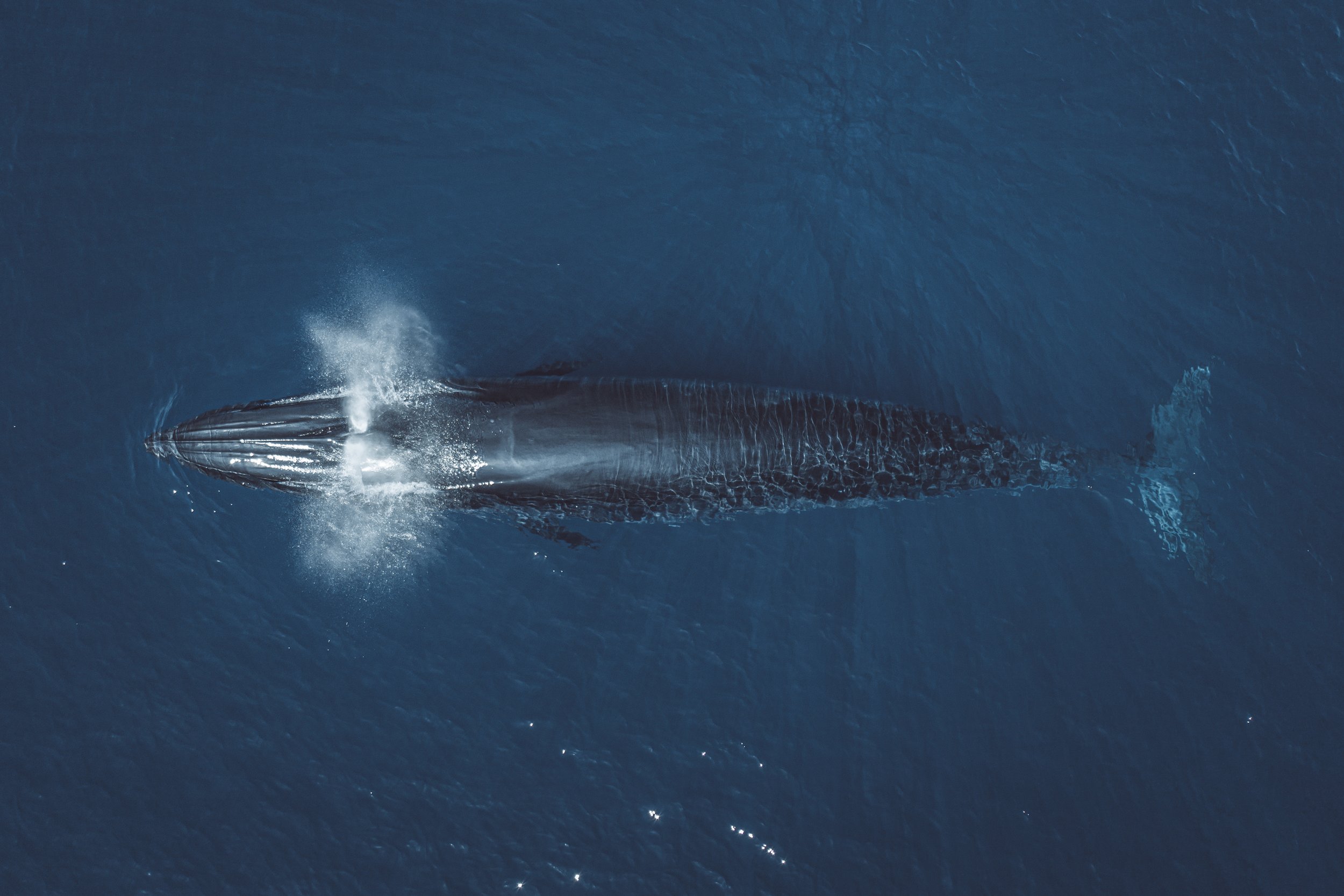Bryde’s Whale
Scientific Name
Balaenoptera edeni
Order: Mysticeti
Family: Balaenopteridae
*Taxonomy still debated
Size
Males
12-14.5 meters long | 15-25 tons
Females
12.5-15 meters long | 15-25 tons
Cavles
4 meters long | 600-750kg
Life history
Lifespan: Estimated 40-50 years
Sexual Maturity: 6-11 years for both females and males
Gestation is 11 - 12 months with calving every two years. A single calf is born year round with possible peaks in the spring and the calf weans after six months.
population
There is no global estimate of their population.
IUCN status: Least Concern

Identifying Bryde’s Whales
Bryde’s Whales in Southern California
Bryde’s whales are one of the mostly poorly understood baleen whales. They were named after the Norwegian whaler, Johan Bryde, who helped build the first modern whaling station in South Africa. The name is pronounced ‘Broo-dus’ whale. Bryde’s whales are found in warm and temperate waters of the Pacific, Atlantic, and Indian Oceans. Bryde’s whales prefer warmer waters above 60 degrees Fahrenheit and are seen in Southern California in the summer months when sea surface temperatures are at their highest.
Bryde’s whales are usually seen alone or in pairs. In Southern California they predominantly feed on schooling fish (sardines, anchovy, etc.) although they can eat small crustaceans. They are fast and agile swimmers who are also active lunge feeders! Seeing a Bryde’s whale in Southern California is rare although local whale watching companies in Orange County have several sightings per year. Usually these sightings are by chance and a Bryde’s whale appears with a group of feeding common dolphins or is found traveling through the area. Several fishermen report seeing Bryde’s whales offshore near Catalina Island, feeding on anchovy along side large schools of tuna.


